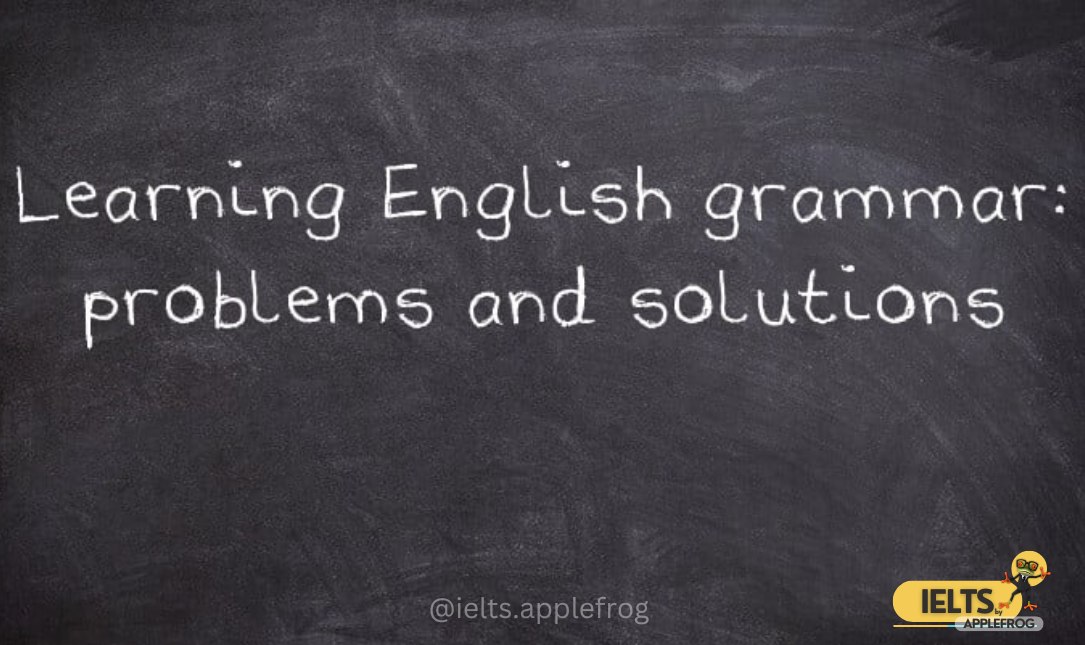
A proper noun is a unique name used to identify a specific person, place, organization, or thing. No matter where it appears in a sentence, a proper noun is always capitalized. It helps distinguish one entity from others of the same category, adding clarity and precision to communication.
Features and Examples of Proper Nouns
-
Names of People: Proper nouns are used to address individuals by their unique names.
Examples: John, Mary, Michael Jackson, Elizabeth II -
Names of Places: These identify particular locations, such as cities, landmarks, or natural wonders.
Examples: London, Paris, Mount Everest, Central Park -
Names of Organizations: Organizations, companies, and institutions are also referred to with proper nouns.
Examples: Apple Inc., United Nations (UN), Facebook, Greenpeace -
Names of Historical Events: Significant events in history are named using proper nouns.
Examples: World War II, the Renaissance, the American Revolution -
Names of Creative Works: Titles of books, movies, songs, and other artistic pieces are categorized as proper nouns.
Examples: Pride and Prejudice (novel by Jane Austen), The Starry Night (painting by Vincent van Gogh), Titanic (film), Bohemian Rhapsody (song by Queen) -
Names of Days, Months, and Holidays: Specific days, months, and celebrations are proper nouns.
Examples: Monday, January, Christmas, Independence Day
Common vs. Proper Nouns
Some words can act as both common and proper nouns based on context. For instance:
- Common noun: river
- Proper noun: Mississippi River
Understanding the difference between common and proper nouns is essential to effective and grammatically correct communication in English.
Words shape our world, and proper nouns bring uniqueness to life’s story.
RELATED POST












 Here can be your custom HTML or Shortcode
Here can be your custom HTML or Shortcode
0 Comments